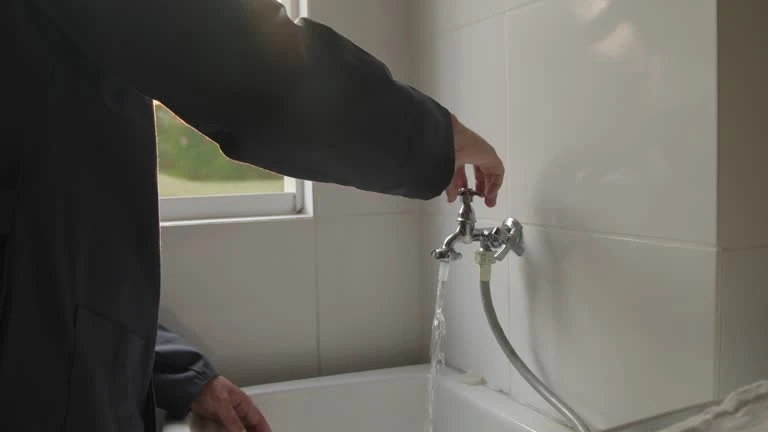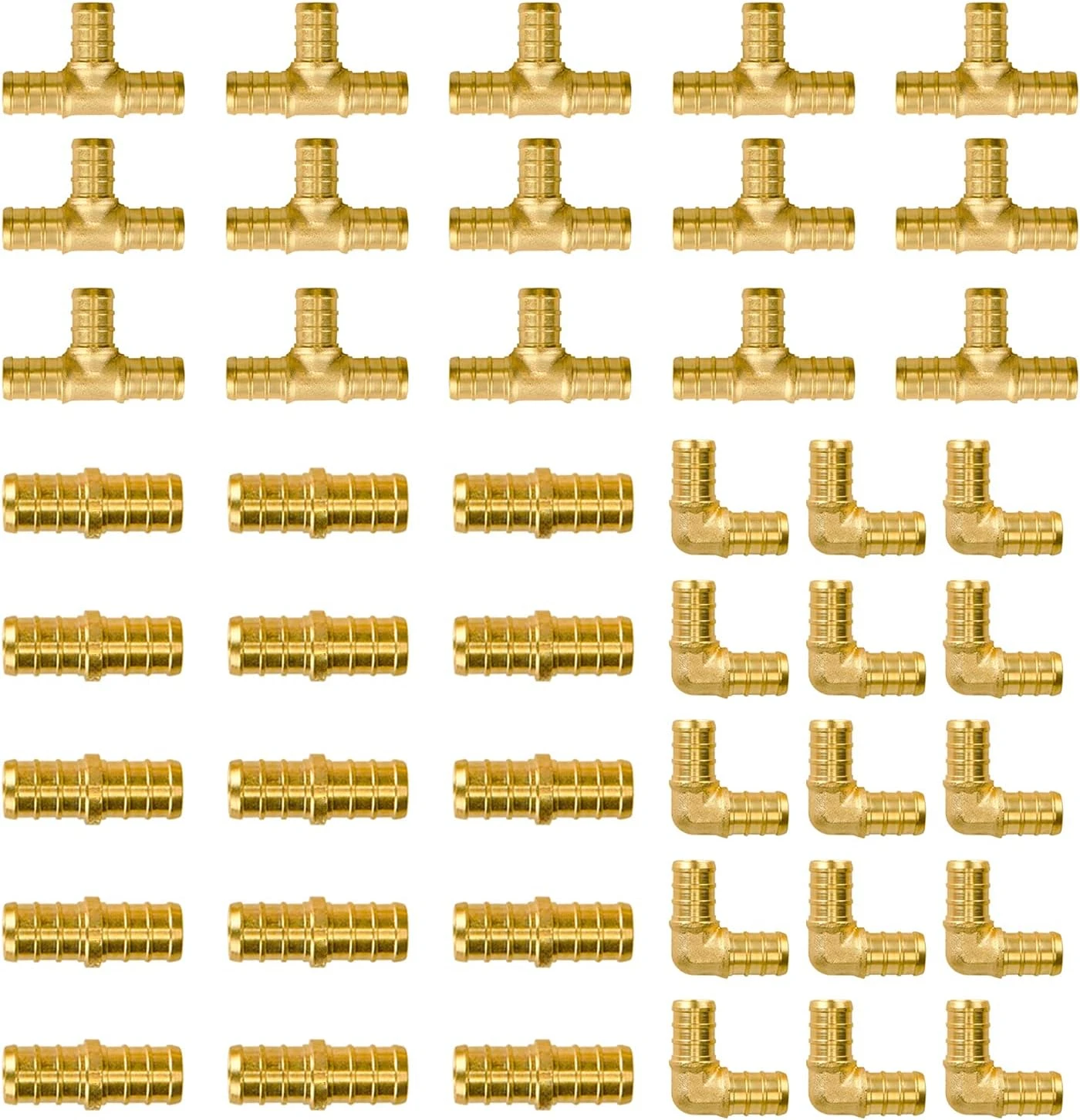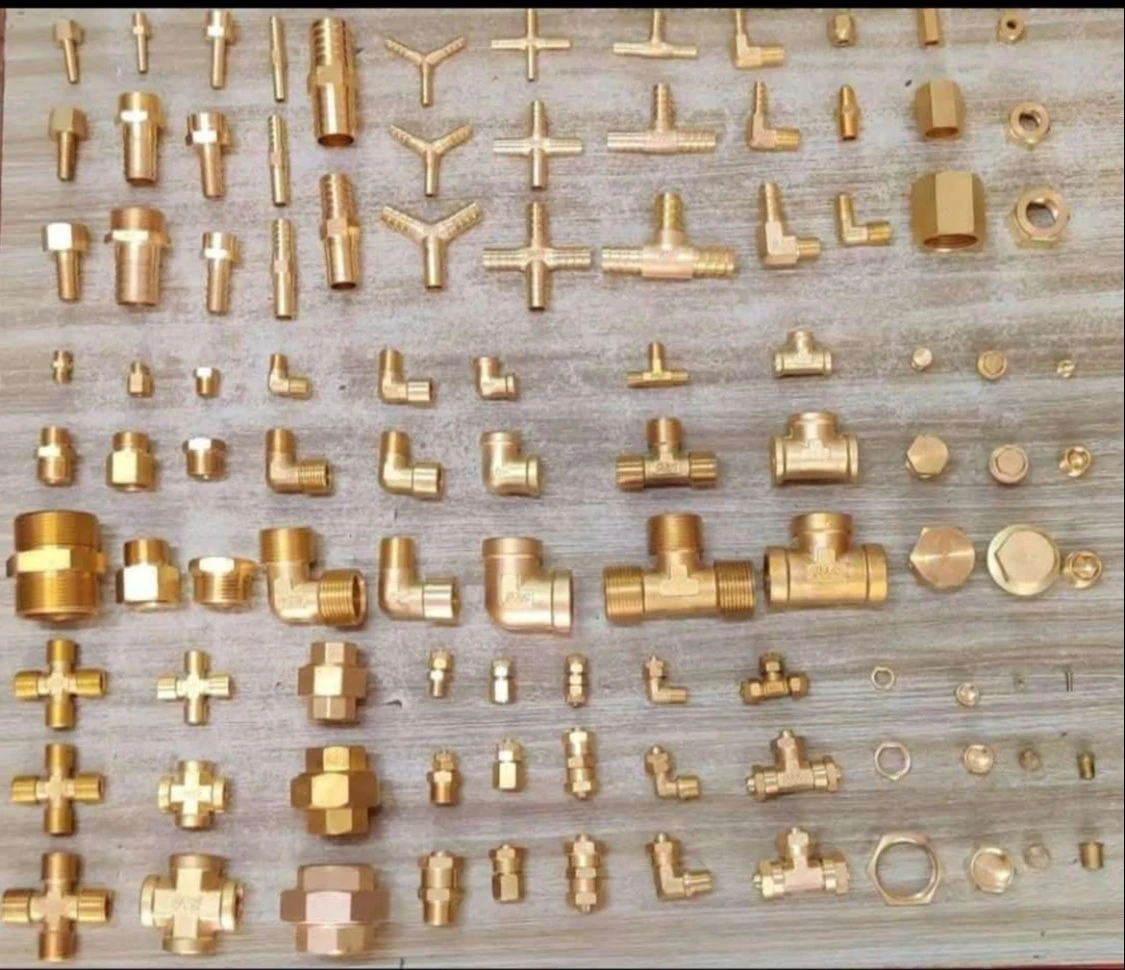When temperatures plummet during the winter months, one common piece of advice many homeowners hear is to “drip your faucets.” This practice is recommended to prevent pipes from freezing, a situation that can lead to burst pipes, water damage, and costly repairs. But is dripping faucets actually effective? Should you drip your faucets in freezing weather, and if so, which ones should you target? In this article, we’ll explore why dripping faucets can help, when to do it, and other important considerations to keep in mind to protect your plumbing during freezing temperatures.
Why Do Faucets Freeze?
Before we dive into whether dripping faucets is a good idea, it’s important to understand why pipes and faucets freeze in the first place. Pipes that are exposed to cold air are at risk of freezing when the temperature outside drops below 32°F (0°C). When water freezes inside the pipes, it expands, which can cause the pipes to burst. This is especially problematic for pipes that are located in uninsulated areas of the home, like attics, basements, crawl spaces, or outdoor faucets.
Outdoor faucets are particularly vulnerable because they are exposed to the elements. Once the water inside them freezes, it can cause the faucet and pipes to crack or burst, leading to significant damage and flooding when the water thaws. Dripping faucets is one method of preventing this from happening.
How Dripping Faucets Can Help Prevent Freezing
Dripping a faucet involves leaving it slightly open so that a small stream of water flows through the pipes. This seemingly simple action can help prevent pipes from freezing for several reasons:
- Keeps Water Moving: When water moves through pipes, it is less likely to freeze. Water that remains stationary in a pipe is more prone to freezing because it doesn’t circulate and warm up. A dripping faucet allows a small amount of water to constantly flow through the pipes, which helps keep the water from freezing.
- Relieves Pressure: If water does freeze inside a pipe, the expanding ice can cause a buildup of pressure. A small drip allows the pressure to be reliev, reducing the risk of the pipe bursting.
- Maintains Flow at Critical Points: Dripping faucets can help ensure that water continues to flow through vulnerable areas, especially those located on exterior walls or in unheated spaces. These are the areas that are most at risk for freezing.
When Should You Drip Your Faucets?
Dripping your faucets should be done during periods of extend freezing weather or when there is a significant drop in temperature. Here are some specific conditions when you should consider letting your faucets drip:
- Temperatures Below Freezing: If the temperature is forecast to stay below freezing for 24 hours or longer, it’s a good idea to let your faucets drip overnight. During this time, the risk of freezing is much higher, and allowing water to move through your pipes can prevent freezing.
- Wind Chill: When wind chill temperatures are significantly below freezing, the risk of freezing increases. Wind can strip heat away from exterior walls and plumbing, making the pipes more vulnerable. In these conditions, dripping your faucets is even more important.
- Unheated Areas: If you have plumbing running through unheated areas like attics, crawl spaces, or garages, the pipes in those areas are more susceptible to freezing. Dripping faucets can help maintain the flow and reduce the likelihood of freezing.
- Long Freezing Periods: During extended cold spells, especially when temperatures dip far below freezing, it’s essential to ensure your pipes are protect. Dripping faucets can help reduce the risk of frozen pipes when you know the cold weather will last for days.
Which Faucets Should You Drip?
While the general advice is to drip faucets in freezing weather, you don’t need to drip every faucet in your home. It’s most important to focus on those faucets that are most vulnerable to freezing. These include:
- Outdoor Faucets: Outdoor faucets are the most at risk for freezing, especially those that are not frost-free models.
- Faucets on Exterior Walls: Faucets located on exterior walls, particularly those in unheated rooms or spaces like basements, garages, or crawl spaces, are more vulnerable to freezing.

How to Drip Your Faucets Correctly
Dripping your faucets correctly is important to ensure the effectiveness of the technique and avoid wasting water. Here are a few tips on how to do it:
- Turn the Faucet to a Small Drip: You don’t need to leave the faucet fully open. A small, continuous drip is all that’s necessary. Too much water waste can occur if the faucet is turn on too high.
- Open Both Hot and Cold Faucets: If you have separate hot and cold water lines, open both faucets slightly. This ensures that water is moving through both lines, reducing the chance of freezing in either one.
- Let the Faucet Drip Overnight: Since freezing typically happens overnight or during the coldest hours of the day, make sure the faucet continues to drip when temperatures are at their lowest.
- Use a Bucket or Container to Catch the Water: If you’re concerned about water waste, place a bucket or container under the faucet to catch the water. You can use this water for other tasks around the home, such as watering plants or cleaning.
Additional Measures to Prevent Pipes from Freezing
While dripping faucets can help prevent freezing, it’s not the only solution. There are other measures you can take to further protect your plumbing from the cold:
- Insulate Exposed Pipes: Insulating pipes in vulnerable areas like exterior walls and attics prevents freezing and keeps them warm. You can use foam pipe insulation or heat tape for added protection.
- Close Vents and Seal Gaps: Seal the crawl space or attic to protect outdoor faucet pipes from cold drafts. Close vents and seal any gaps or cracks around windows and doors to keep cold air from entering.
- Install Frost-Free Faucets: If you live in an area prone to freezing temperatures, consider installing frost-free outdoor faucets. These faucets have a longer stem that extends into the warm interior of the home, reducing the risk of freezing.
- Keep the Heat On: Set your thermostat to at least 55°F (13°C) to prevent indoor pipes from freezing when away in cold weather.
Conclusion
Dripping faucets in freezing weather helps prevent pipes from freezing and bursting, especially during prolonged cold or wind chill. By allowing a small drip to flow through the faucet, you can ensure that the water keeps moving, reducing the risk of freezing in vulnerable pipes.
However, dripping faucets should not be the only line of defense. It’s important to also insulate exposed pipes, seal off any cold drafts, and consider upgrading to frost-free faucets for even more protection. By combining these measures, you can safeguard your plumbing and avoid the potentially costly damage caused by frozen pipes.
Frequently Asked Questions (FAQs)
Is it better to drip hot or cold water in freezing weather?
It’s a good idea to let both hot and cold water drip in freezing weather. This ensures that both pipes are protect, as either one could freeze depending on the conditions.
How much should I let my faucet drip?
A small, continuous drip is enough. You don’t need to leave the faucet fully open; just a tiny stream will keep the water moving and reduce the risk of freezing.
Should I drip all of my faucet?
You don’t need to drip all your faucet. Focus on outdoor faucet and those located on exterior walls or in unheated areas of your home. These are the most vulnerable to freezing.
Can dripping faucet save me from burst pipes?
Dripping faucet can significantly reduce the risk of frozen pipes, but they are not a guarantee against burst pipes. Insulating pipes and taking other precautions are also important for preventing freezing.
Can I use a bucket to catch the water dripping from the faucet?
Yes, you can use a bucket or container to catch the water if you’re concerned about wasting it. The water can be us for other purposes, such as watering plants or cleaning.
Why is it helpful to open cabinet doors beneath kitchen and bathroom sinks in cold weather?
Why Open Cabinet Doors During Cold Weather?
During the colder months, taking extra steps to prevent your pipes from freezing is crucial. One effective method is to open the cabinet doors beneath your kitchen and bathroom sinks. Here’s why this simple action can make a significant difference:
- Improved Air Circulation: By keeping cabinet doors ajar, you enable warmer air from your home to circulate around the pipes. This warmth helps maintain a temperature that is less conducive to freezing.
- Reduced Risk of Pipe Bursting: Pipes in cold climates are susceptible to freezing and bursting, which can lead to costly repairs and water damage. Allowing warm air to reach these hidden pipes reduces this risk significantly.
- Easy and Cost-effective: Unlike some insulating methods that require special materials or professional installation, opening your cabinet doors is free and effortless. It’s a quick step that can save you a lot of stress and money.
- Enhanced Awareness: With the doors open, you’re more likely to notice any leaks or problems with your plumbing system, allowing for early detection and prompt action.
Incorporate these practices into your winter routine to keep your plumbing system safe and functional. By simply opening up those cabinet doors, you harness the warmth from your home to shield your pipes from the harsh, freezing temperatures outside.
Can leaving faucets dripping prevent pipes from bursting in freezing weather?
Dripping faucets in freezing weather can be an effective method to prevent pipes from freezing and bursting, especially when temperatures drop for extended periods or when wind chill makes the cold feel even more extreme. By allowing a small drip to flow through the faucet, you can ensure that the water keeps moving, reducing the risk of freezing in vulnerable pipes.
Why Dripping Faucets Helps
Water expands as it freezes, and this expansion can increase pressure inside the pipes, leading to bursts. If water is kept running, even at a trickle, it reduces the chance of freezing. This simple step keeps the water moving, preventing it from becoming stationary and freezing solid.
Expert Recommendations
- Cold vs. Warm Water: Let cold water drip instead of warm water, as cold pipes are more prone to freezing.
- Critical Locations: Focus on dripping faucets that are farthest from your main water supply. This ensures water moves throughout your entire system. Additionally, prioritize faucets connected to pipes along exterior walls or in uninsulated areas like attics.
Practical Tips
- Drip Rate: You don’t need much water; a rate of one drop every few seconds is sufficient.
- Temperature Guidelines: Begin dripping your faucets when temperatures fall below 32 degrees Fahrenheit. Continue until it is consistently above freezing.
Implementing these strategies can safeguard your plumbing system during harsh winter conditions, ensuring peace of mind and avoiding costly repairs.
Why should you allow cold water to drip rather than warm water during freezing temperatures?
“It’s a good idea to let both hot and cold water drip in freezing weather. This ensures that both pipes are protected, as either one could freeze depending on the conditions. Cold water pipes, however, are generally more susceptible to freezing because the water in these pipes is already at a lower temperature. By allowing cold water to drip, you reduce the risk of freezing, which is more prevalent in cold water supplies compared to hot water. This simple action can prevent costly plumbing repairs by keeping the water moving and reducing pressure buildup in the pipes.”**
How can you prevent frozen pipes besides leaving faucets dripping?
While dripping faucets can help prevent freezing, it’s not the only solution. There are other measures you can take to further protect your plumbing from the cold:
- Insulate Exposed Pipes: Adding pipe insulation around vulnerable areas, such as exterior walls, attics, or crawl spaces, will help keep the pipes warm and reduce the risk of freezing. You can use foam pipe insulation or heat tape for added protection.
- Close Vents and Seal Gaps: If your outdoor faucet is connected to pipes that run through a crawl space or attic, make sure the area is sealed from cold drafts. Close vents and seal any gaps or cracks around windows and doors to keep cold air from entering.
- Install Frost-Free Faucets: If you live in an area prone to freezing temperatures, consider installing frost-free outdoor faucets. These faucets have a longer stem that extends into the warm interior of the home, reducing the risk of freezing.
- Keep the Heat On: If you plan to be away during extremely cold weather, make sure your thermostat is set to at least 55°F (13°C) to keep the indoor plumbing warm enough to prevent freezing.
In addition to these measures, consider these practical steps:
- Close Off and Drain Outdoor Spigots: Shut off the valves supplying water to outdoor spigots and drain them to prevent water from freezing in these exposed areas.
- Open Cabinet Doors: Allow warm air to circulate around pipes by opening cabinet doors beneath your kitchen and bathroom sinks. This simple action can significantly reduce the risk of pipes freezing.
- Insulate Your Home: Beyond just the pipes, ensure the areas where pipes are located are well-insulated. This includes basements, attics, and crawl spaces, providing an additional layer of protection against the cold.
By combining these strategies, you can effectively safeguard your plumbing from winter’s chill, avoiding costly repairs and disruptions.


















